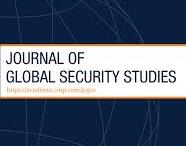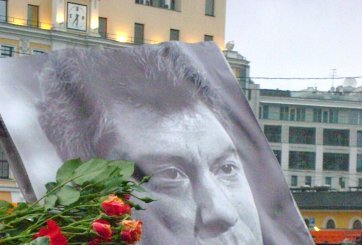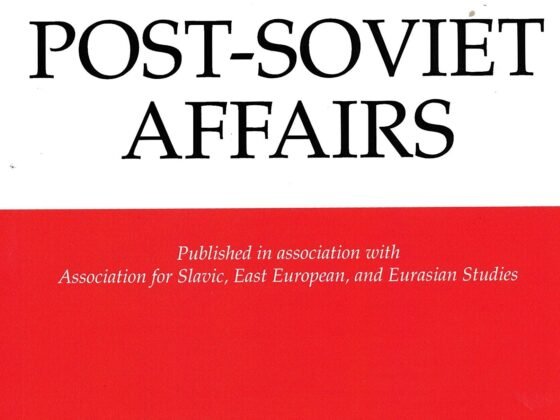(Journal of Global Security Studies) Abstract: What are the conditions that obstruct the formation of a crime-terror nexus? To answer this question we carry out a quantitative and qualitative analysis of Russia’s North Caucasus (2008–2016) where no durable crime-terror nexus materialized despite the presence of conditions conducive to the emergence of linkages between criminals and militants. We demonstrate how the sheer diversity and fluidity of violent actors, with some deeply immersed in the political, economic, and security institutions of the Russian state, fragmented the elements of a crime-terror nexus to such a degree that collaboration among them proved too difficult and costly. Our argument makes several contributions to analyses of the crime-terror nexus. First, our study illuminates the various actors within a purported nexus, demonstrating how cooperation between them may not be forthcoming. Second, our framework demonstrates how a multiplicity of the centers and agents of state power, both formal and informal, is intimately interwoven into the fragmented security landscape. Third, the diversity of the so-called terrorist and militant groups that are competing for power and resources call for rethinking and reconceptualization of what we call a “terrorist group” and the data that we use to study terrorist violence.
Read More © Journal of Global Security Studies
Co-author: Lawrence P Markowitz











